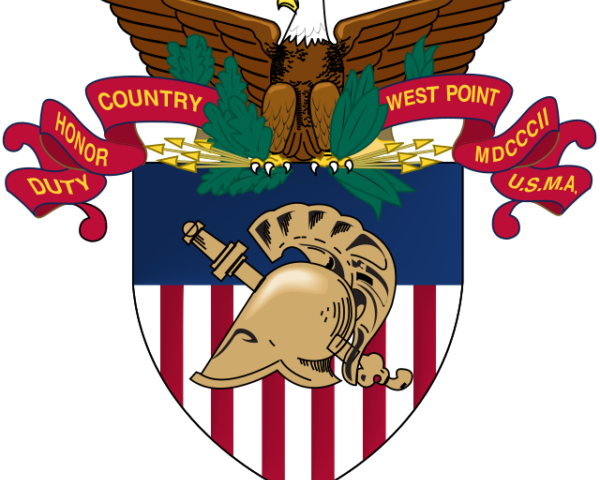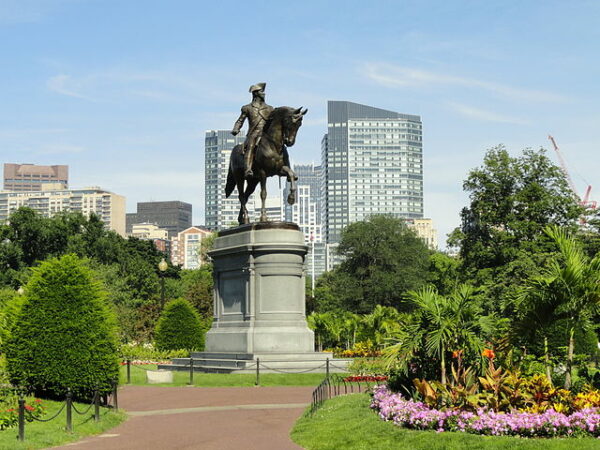On a hot and humid July 8, 1889, in the small town of Richburg, Mississippi, a makeshift ring was built to host one of the most epic boxing matches ever. The fight was scheduled to go on for 75 rounds, lasting until one of the fighters couldn’t take the beating anymore. Due to the brutal nature of bare-knuckle boxing, its illegality made the fight’s location a secret, but that wasn’t going to stop John L. Sullivan and Jake Kilrain from nearly killing each other.
“From New Orleans alone, more than two thousand spectators and newspapermen boarded special trains to take them to the fight’s location. Railroad tickets did not include the exact location; they simply read, “From New Orleans to Destination.”
Mississippi governor Robert Lowry opposed the fight and had state troopers guarding the Mississippi-Louisiana border. If the location of the fight were discovered, it seemed likely that spectators and all other involved parties would be arrested, but once the fighters and the spectators arrived in Richburg, there was little authorities could do to stop it. Although local Richburg sheriff W. J. Cowart formally protested the fight, he allowed it to occur and even watched the fight himself,” writes the Mississippi Encyclopedia.
As the bell rang, the crowd erupted with excitement. Sullivan, a towering figure standing at 5’10” with a powerful build, came charging forward, unleashing his signature power punches. Kilrain, a tough and resilient fighter known for his endurance, aimed to weather the storm and counter with his own accurate blows, using the brutal 104 degree heat to his advantage.
Sullivan’s strategy, the Mississippi Encyclopedia continues, “was to use his brute strength against Kilrain, while Kilrain planned to exhaust Sullivan. Kilrain did not go punch for punch with Sullivan. Instead, he punched Sullivan and then cornered him and wrestled him to the ground. It was Kilrain, however, who showed signs of weakening in rounds twenty and forty. The rules of prizefighting had not yet established that rounds lasted three minutes, so the referees called the end of the round when one of the fighters knocked the other down. The shortest round of the fight lasted three seconds, and the longest lasted fifteen minutes and ten seconds.
In the forty-fifth round, Kilrain caught a break. Sullivan’s big breakfast that morning and his enormous lunch the day before caused him to become sick to his stomach. The brandy and iced tea concoction Sullivan was drinking during the rounds of the fight probably contributed to his nausea. He reportedly also consumed more than a quart of whiskey during the fight. Kilrain, instead of going in and trying to finish Sullivan, proposed a draw. The idea of a draw was just the ammunition Sullivan needed to regain his focus and motivation.
Reports differed in their assessment of the round in which Kilrain was truly spent. Many said it was the sixty-eighth round when Sullivan sent Kilrain flying through the air with a right uppercut to the jaw. A doctor at the fight told Mike Donovan, one of Kilrain’s trainers, that Kilrain would die if they continued to let him fight. Nevertheless, Kilrain took his position to begin the seventy-sixth round but could not answer the call because he was bloodied, exhausted, and barely conscious. Sullivan was also smeared with blood, but it was mostly Kilrain’s. Donovan threw in the sponge, signaling that the fight was over. The fight between John L. Sullivan and Jake Kilrain lasted seventy-five rounds, two hours and sixteen minutes.”
Although the fans left and the fight was over, the law was still after the two boxers and and their financial backers. Syracuse.com noted that
“Sullivan was arrested in Nashville, Tenn., as he traveled back to New York. Kilrain was arrested in Baltimore.
After a long trial, Sullivan was found guilty of illegal fighting and sentenced to a year in jail. He appealed, the verdict was overturned and he paid a $500 fine. Kilrain received a two-month jail sentence, which he served on Charles Rich’s farm, where the fight had taken place.
Sullivan didn’t fight again for another three years. He never fought bare-knuckle again. Kilrain had 15 more professional fights, but he never fought for the world title again.”
The match against Jake Kilrain had cemented Sullivan’s status as one of the greatest fighters of his era, but it also changed the sport. The fight marked a turning point in the history of boxing. It was one of the last major bare-knuckle fights, as shortly afterward, the Marquess of Queensberry Rules, which introduced gloves and other regulations, gained widespread acceptance. Sullivan’s victory in this iconic bout showcased the courage and determination that defined the sport and captivated fans for generations to come.
The two fighter remained close after their epic battle. When Sullivan died on Feb. 2, 1918 at the age of 59. Jake Kilrain was a pall-bearer.






